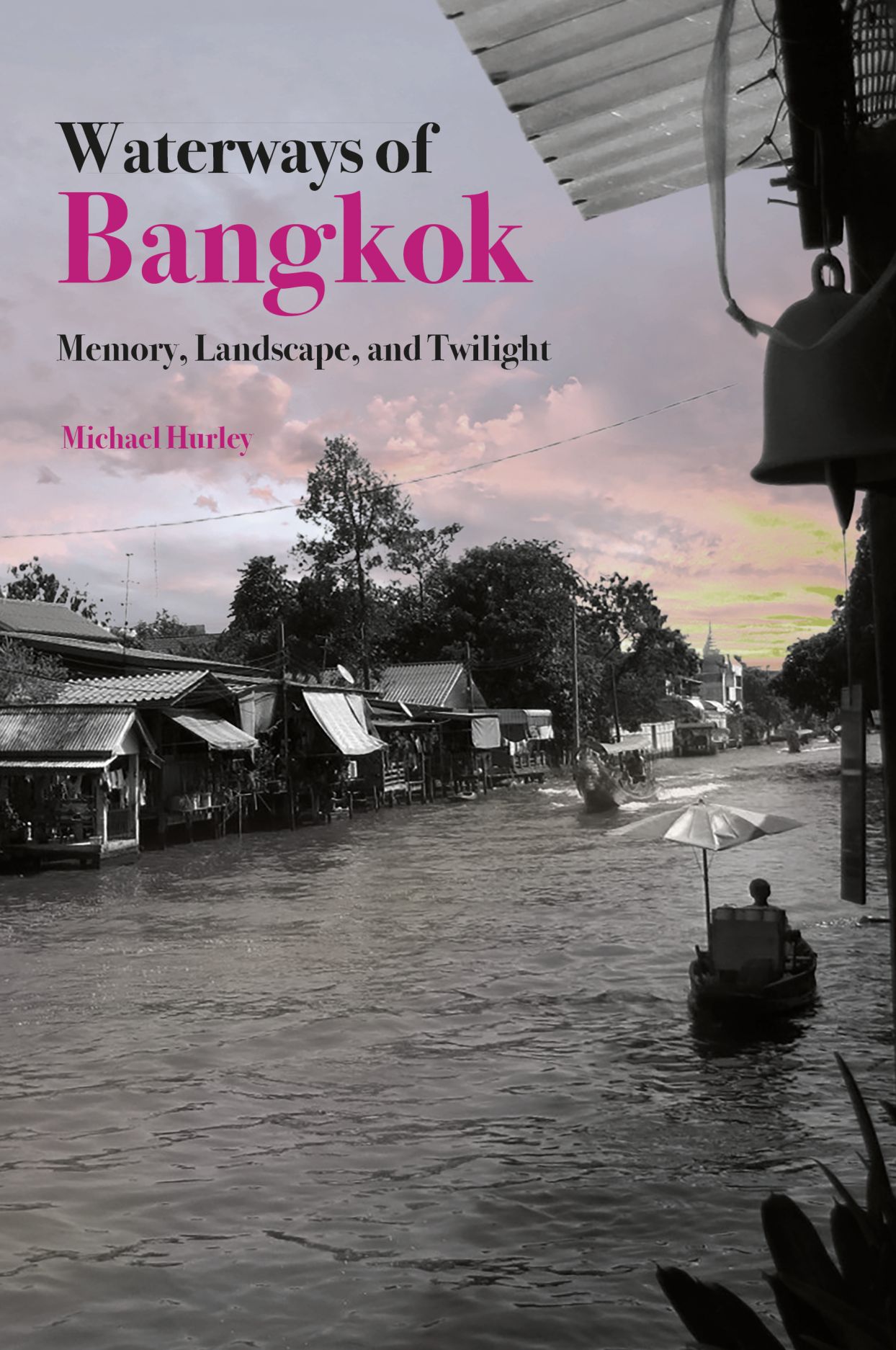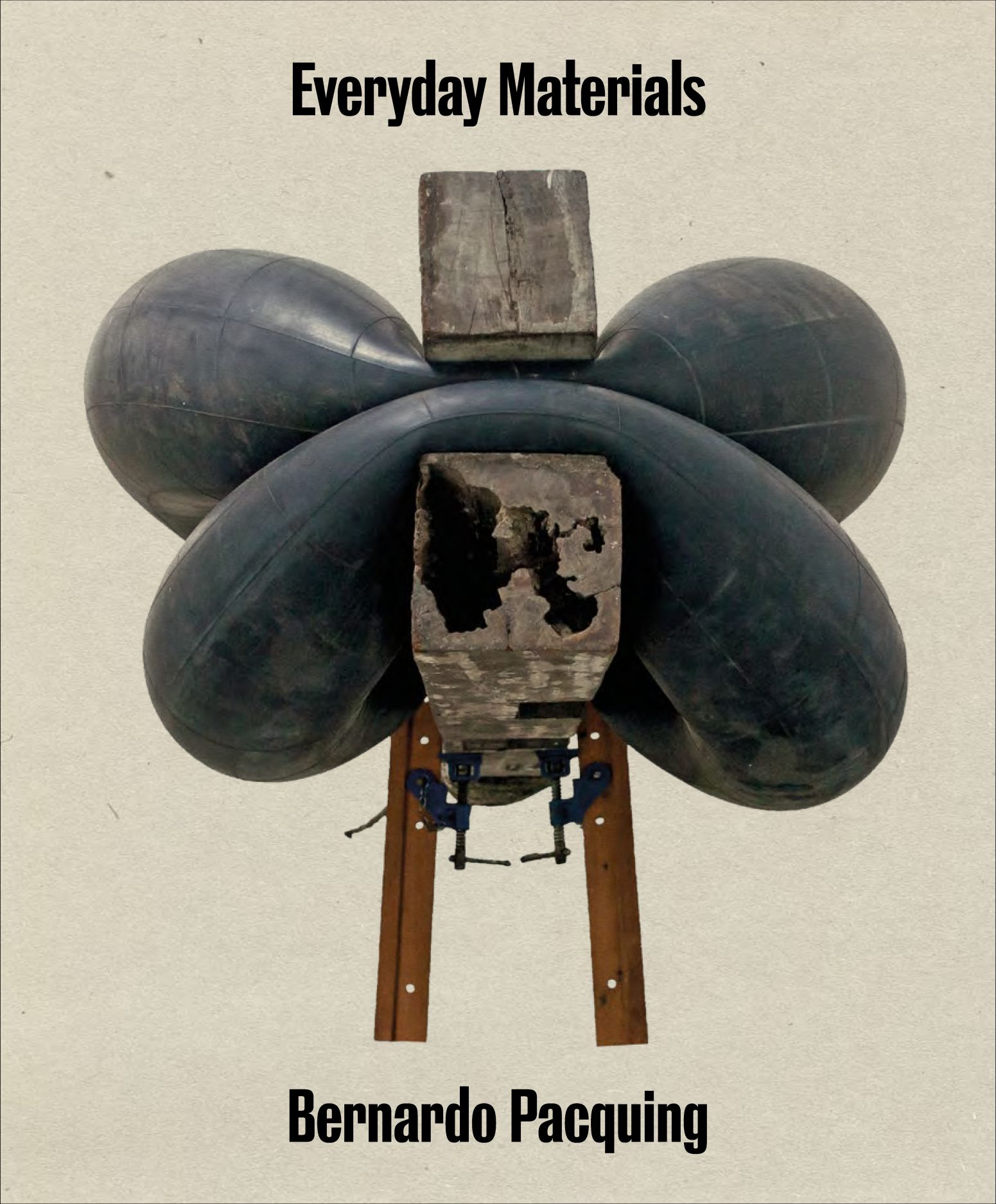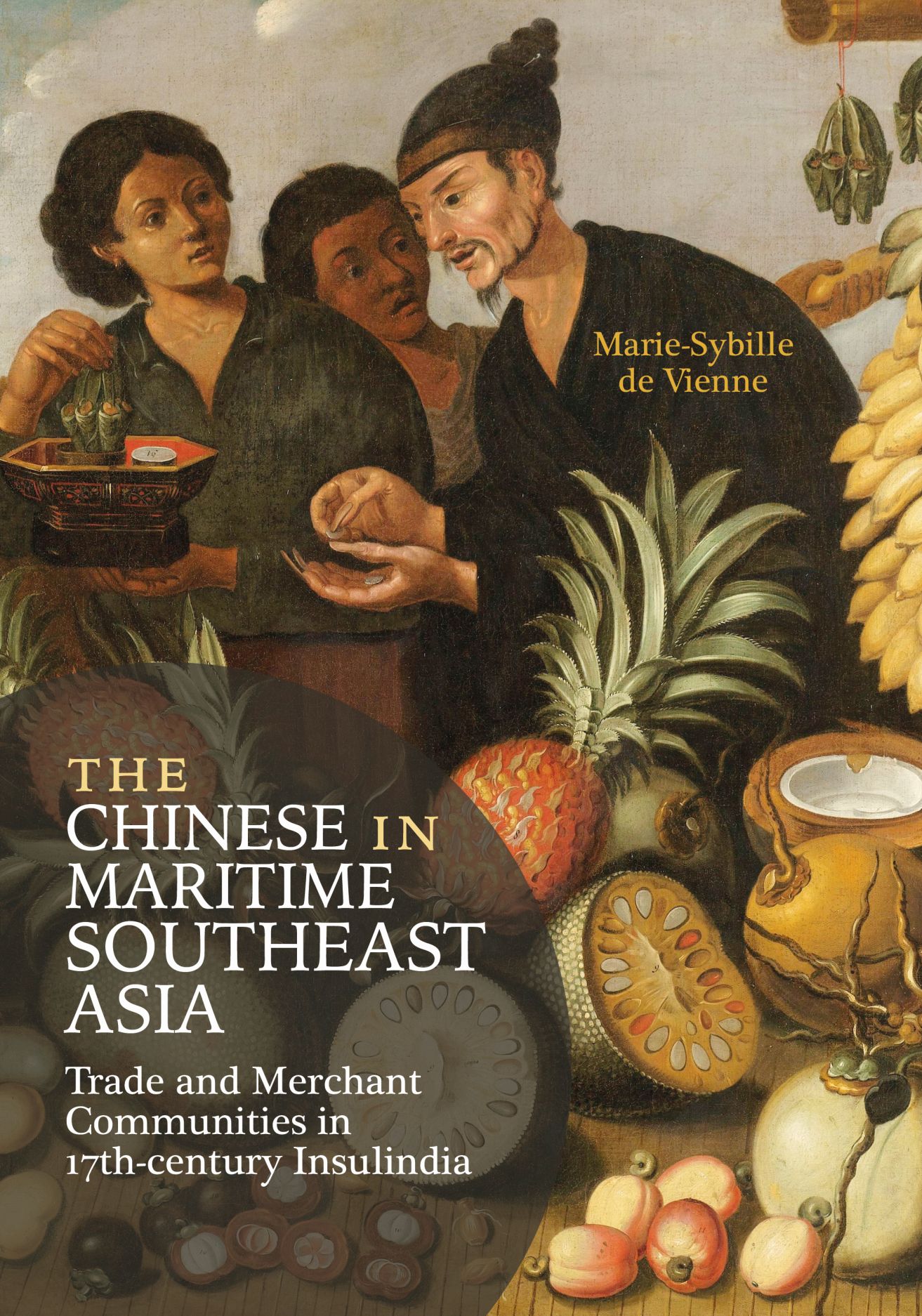Tiw–Tiwong
An Uncyclopedia to Life, Living and Art in Baguio, the Cordilleras, and Beyonde
The societies of the Cordilleras have been the subject of classic works of ethnography and social science. This is something different. A multi-pronged, multi-layered, collaborative art book, Tiw-Tiwong summons the potency of history, the transformative potential of art, and an inheritance of indigenous knowledge and practices to open up the story of Baguio and the Cordilleras during a time of rapid change.
Paper $55.00
Waterways of Bangkok
Memory, Landscape and Twilight
This account examines the complexities of memory along the waterways, where today’s concrete towers rise over yesterday’s realm of boats and hovels, merchants and war captives, temples and ghosts. Written at a time of intense political turmoil, as the long-reigning king was dying, this book brings the reader into the cultural life of the waterways and offers alternate perspectives on the Thai past, present, and future.
Cloth $42.00
Everyday Materials
Bernardo Pacquing
With Essays by David Elliott, Gary Ross Pastrana, and Russell Storer
Documenting the trajectory and development of Filipino abstract artist Bernardo Pacquing’s work from the 1980s to the present day, Everyday Materials is the first publication of its kind to explore his early life, creative practice, and the evolution of his distinctive and celebrated visual language.
Distributed for ArtAsiaPacific
Paper $38.00
The Chinese in Maritime Southeast Asia
Trade and Merchant Communities in 17th-century Insulindia
Connections between Asian and European markets increased dramatically in the seventeenth century, indicating a turning point in the global history of trade. The Dutch East-India Company (or VOC) was central to this process; however, counter to the VOC’s aims, the winners of the game were often Chinese merchants. They were the only economic agents capable of trading both in major Southeast Asian commercial hubs and developing exchanges with China and Japan.
Cloth $52.00



